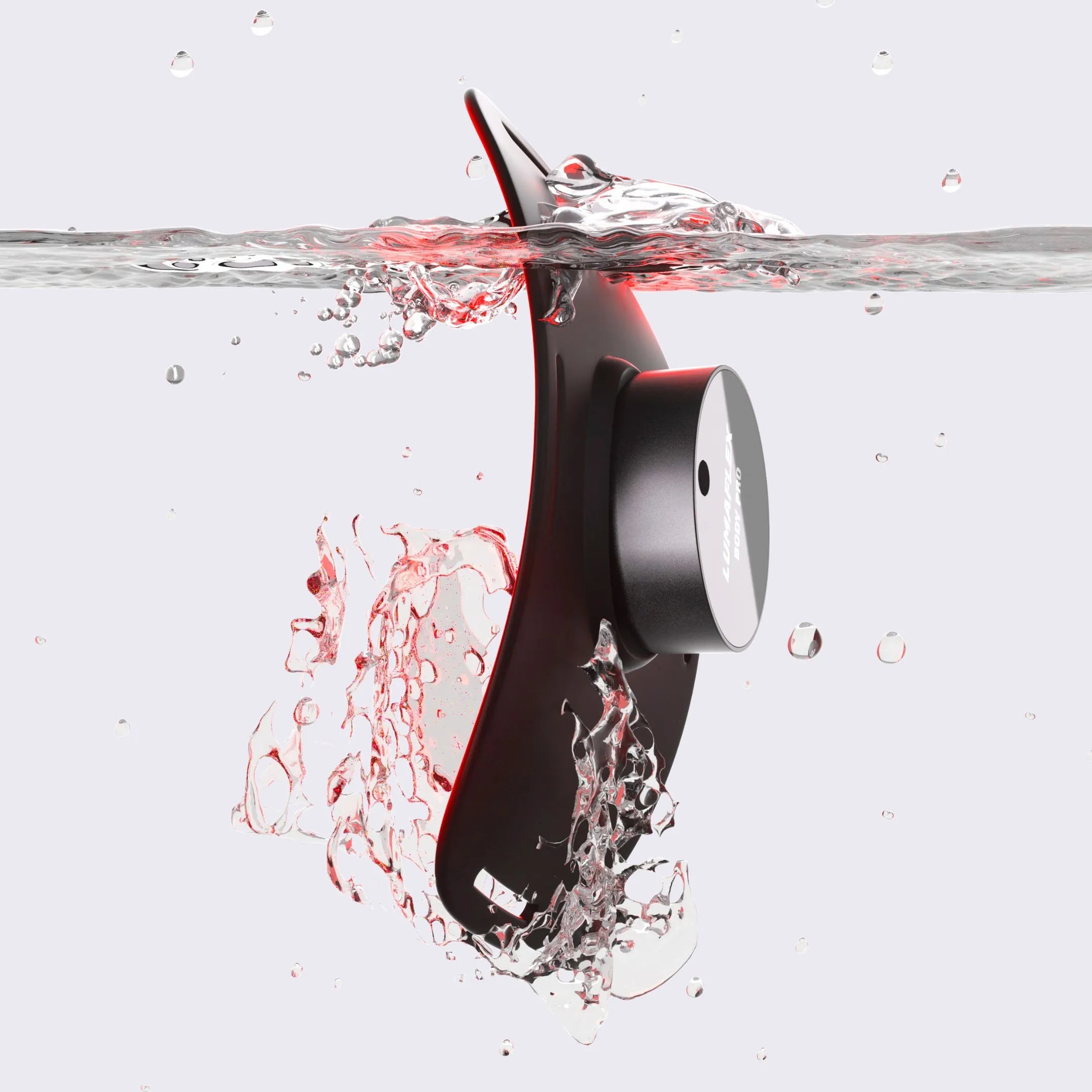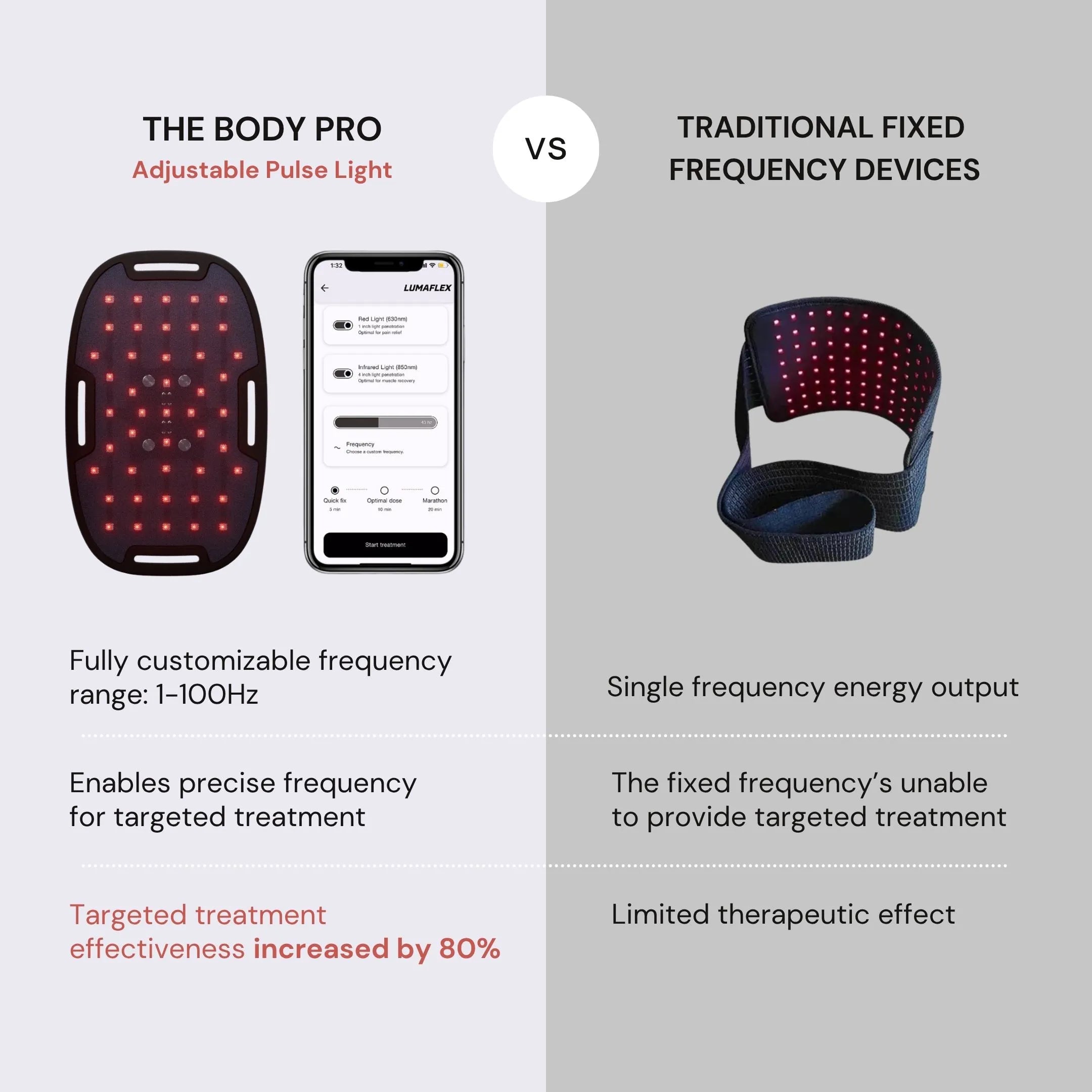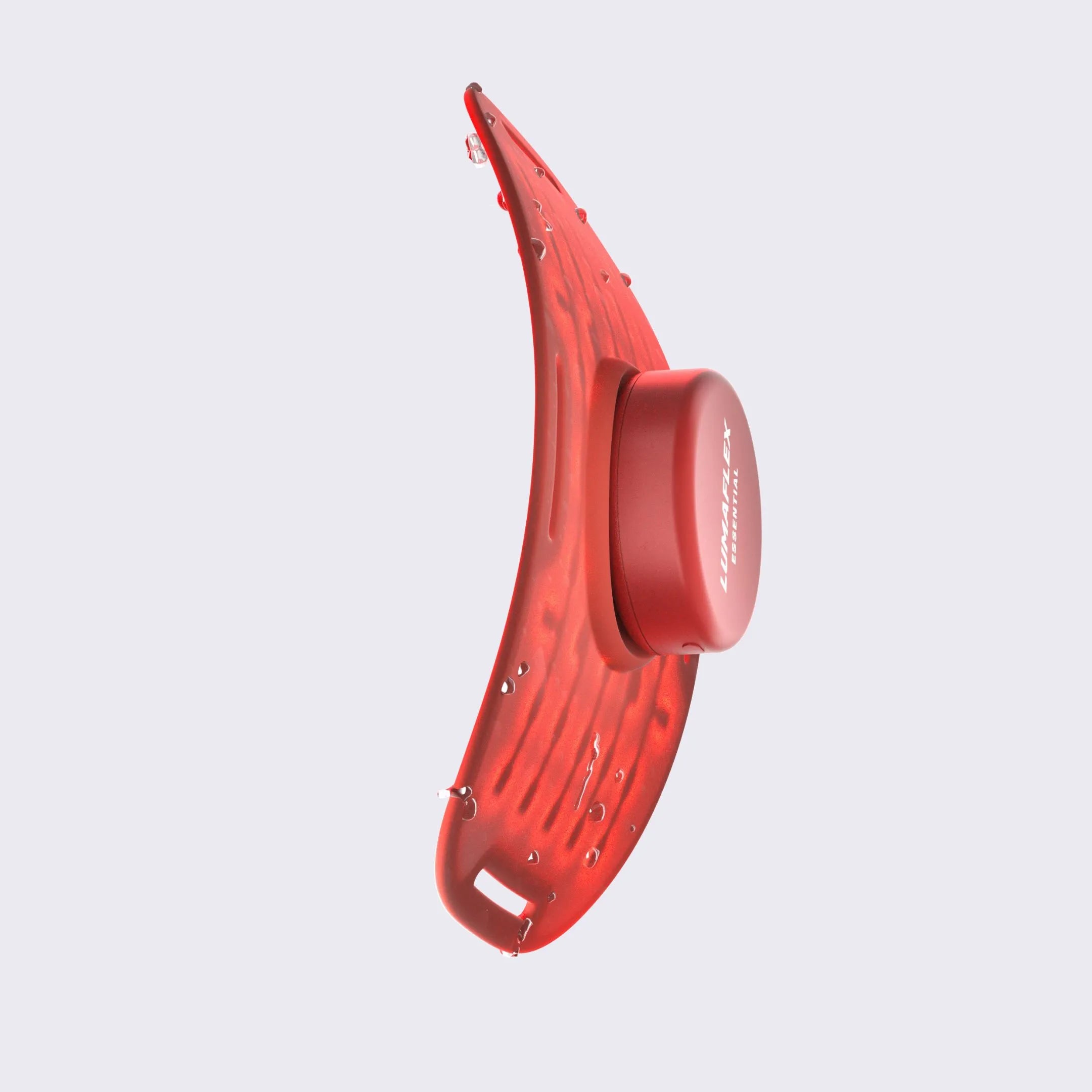Diabetic Neuropathy in Cats: What It Is and How to Treat It
Diabetic Neuropathy in Cats: It’s hard to watch your cat struggle to walk or fail at jumping like they used to. If you’ve seen them wobble or even walk flat on their hocks, diabetic neuropathy, a nerve‑damage complication from poorly managed feline diabetes, might be the cause.
I’ll walk you through the symptoms to spot, what’s behind the nerve damage, vet‑recommended treatments from B12 to red‑light therapy, and smart recovery tips to help your feline friend bounce back. Let’s get started. Your kitty deserves every bit of help.
Table of content
What Is Diabetic Neuropathy in Cats?

If your diabetic cat has started wobbling, dragging their hind legs, or hesitating to jump, diabetic neuropathy may be the cause. This condition occurs when persistently high blood sugar damages nerves, especially those in the lower spine and hind limbs. This may cause weakness and coordination issues. It’s most common in cats with poorly controlled or long-undiagnosed diabetes.
According to the Journal of Neuropathology and Experimental Neurology, approximately 11% of diabetic cats exhibit signs of plantigrade stance (walking on their hocks) at diagnosis, highlighting the importance of early detection and effective blood sugar management.
Nerve damage occurs in two main ways:
Demyelination: High sugar levels break down the protective myelin sheath around nerves, much like stripping insulation from electrical wires.
Signal Disruption: Without proper insulation, nerve signals misfire or weaken, leading to poor coordination and that telltale “walking on hocks” gait.
How Diabetes Affects a Cat’s Nerves
When a cat has diabetes, chronically high blood sugar doesn’t just affect its energy. It can cause gradual damage to the nervous system. Excess glucose in the bloodstream binds to nerve fibers, triggering chemical changes that disrupt their normal function. This process also produces oxidative stress, which harms cells at a microscopic level.
At the same time, diabetes can lead to chronic inflammation. Swelling in tissues surrounding the nerves puts pressure on these delicate fibers, and on the small blood vessels that supply them. Without adequate blood flow, nerves are deprived of the oxygen and nutrients they need to repair and function properly.
Over time, this combination of toxicity, inflammation, and restricted circulation results in nerve damage, known as diabetic neuropathy. In cats, this often shows up as:
Weakness in the hind legs
Slower, stiffer movements
Tremors or shaking
A “plantigrade” stance (walking with the hocks touching the ground)
Difficulty jumping or climbing
Left untreated, neuropathy can significantly impact your cat’s mobility and quality of life. Understanding how diabetes harms nerve health is the first step toward prevention and treatment, whether through blood sugar control, supportive therapies, or emerging options like red light therapy.
What Makes the Back Legs Weak?
In diabetic neuropathy, prolonged high blood sugar damages the motor nerves that control movement in your cat’s hind legs. As these nerves lose function, the muscles they control receive fewer signals, leading to weakness and loss of coordination. One of the most recognizable signs is the plantigrade stance. Your cat walks flat-footed on their hocks instead of up on their toes.
This posture isn’t just a quirk; it’s a visible indicator that the nerves and muscles in the hind limbs are under stress. Over time, reduced nerve signaling causes muscle wasting, making it increasingly difficult for your cat to jump onto furniture, climb stairs, or even walk normally. Without intervention, mobility may continue to decline.
Catching these changes early is critical. The sooner you address blood sugar control and support nerve repair. Potentially, with options like red light therapy, the better chances for regaining normal movement.
Signs and Symptoms of Diabetic Neuropathy in Cats
Diabetic neuropathy in cats tends to develop gradually and is often mistaken for aging. But if your cat’s movements seem “off” especially in the back legs. It’s worth taking a closer look instead of blaming old age.

Early Warning Signs
Diabetic neuropathy in cats often develops gradually, so early detection is important. One of the first changes you may notice is a wobbly or unsteady gait, as if your cat is walking on uneven ground. Movements that once seemed effortless, such as leaping onto a favorite perch, may now involve hesitation or failed attempts.
Research from the National Library of Medicine reports that about 28% of diabetic cats show weakness or a reduced ability to jump. As nerve damage progresses, these mobility issues can become more frequent and more noticeable.
Common early signs include:
Wobbly walking or swaying when moving
Reluctance to jump or inability to reach usual heights
Slipping on smooth surfaces such as tile or hardwood
Awkward landings when jumping down
Trembling in one or both hind legs after standing or walking
A subtle change in posture or stance over time
Even mild symptoms should be taken seriously because they may signal early nerve damage. Prompt veterinary care, along with blood sugar management and supportive therapies like red light therapy, can help slow progression and improve your cat’s chances of regaining strength and mobility.
Moderate to Severe Symptoms
As diabetic neuropathy advances, the signs become more noticeable. One of the clearest indicators is the plantigrade stance, where your cat walks flat-footed on the hocks instead of the toes. This often comes with visible muscle loss in the back legs, giving the hindquarters a thin or sunken look.
You may also observe:
Dragging of the back feet or tail along the floor
Difficulty grooming the lower body, leading to mats or unkempt fur
Changes in litter box habits due to pain or difficulty squatting
Trouble climbing or jumping onto familiar surfaces
These symptoms point to significant nerve impairment that can greatly affect your cat’s quality of life. Immediate veterinary care is essential. When combined with proper blood sugar management and supportive therapies such as red light therapy, timely intervention can help slow progression and improve comfort.
When to Call the Vet
If your cat’s symptoms last more than a few days or worsen rapidly, schedule a veterinary visit. Sudden mobility or behavior changes can signal serious issues, especially when paired with other diabetic symptoms.
Call your vet promptly if you notice:
Changes in walking, stance, or jumping ability
Excessive thirst or frequent urination
Unexplained weight loss
Persistent weakness in the hind legs
Tremors or dragging of the feet
Recording a short video of your cat’s walk or movements can provide valuable insight and help your vet assess the problem more accurately.
Can Diabetic Neuropathy in Cats Be Reversed?
If detected early and managed promptly, diabetic neuropathy in cats is frequently reversible. The foundation of recovery is tight glycemic control. This is characterized by achieving near-normal blood glucose through insulin (typically glargine twice daily) combined with a low-carbohydrate, high-protein diet. Studies show cats treated within six months of diagnosis have remission rates as high as 84%, compared with much lower rates when control is delayed.
Nerve healing is gradual: subtle improvements may begin within weeks, with more significant recovery typically occurring over the next 6–12 months under consistent management. Although controlled trials in cats are limited, anecdotal and clinical reports support the use of methylcobalamin (active form of vitamin B₁₂) under veterinary guidance to potentially accelerate nerve recovery, but regulation alone often leads to resolution.
Some cats achieve full mobility , while others experience partial improvement . However, delayed intervention increases the risk of permanent nerve injury. With diligent glucose control, veterinary oversight, dietary management, and patience, many cats can regain movement and quality of life.

Treatment Options for Diabetic Neuropathy in Cats
When it comes to treating diabetic neuropathy, a comprehensive plan yields the best results. Blending medical management, nutritional support, and at-home comfort helps your cat have the best shot at recovery, especially when treatments begin early.
Insulin Regulation – The Foundation of Treatment
Tight blood glucose control is essential for halting nerve damage in diabetic neuropathy. Long-acting insulins like insulin glargine (Lantus) or PZI (ProZinc), administered twice daily, provide consistent coverage. Cats treated with glargine within six months of diagnosis often achieve remission rates up to 84% when combined with a low-carbohydrate diet. Typical starting dosages range from 0.25–0.5 U/kg every 12 hours, equivalent to around 1 U per average cat BID.
Success depends on regular blood glucose curves, either at home or with your vet, to adjust doses and monitor for hypoglycemia symptoms like lethargy or seizures. Pairing insulin with a high-protein, low-carbohydrate diet supports insulin sensitivity and reduces glucose variability.
Consistency is crucial: scheduled feeding and insulin administration at precise times help maintain stable glucose levels. In short, early and sustained regulation is the foundation for halting neuropathy and achieving potential remission.
Methylcobalamin (Vitamin B12)
Methylcobalamin, the neurologically active form of vitamin B₁₂, supports nerve regeneration by crossing the blood–nerve barrier more effectively than cyanocobalamin. While controlled trials in cats are lacking, veterinary sources indicate it may accelerate recovery in diabetic neuropathy—often within weeks—when combined with glycemic control. Many pet owners observe improved mobility and stamina using methylcobalamin supplements like Zobaline, typically in doses of 250–500 µg daily for several weeks, administered via injection, drops, or tablets. One cat owner commented: “Recommending Zobaline again… I have seen an improvement in his stamina and his walking.”
Supportive Home Care – Small Changes, Big Comfort
A comfortable environment supports daily mobility and healing. Use non-slip mats or rugs to help prevent falls, and padded bedding to cushion weaker limbs and prevent pressure sores. For easier access to the litter box, choose low-sided or walk-in styles and position them on level ground.
If approved by your vet, gentle physiotherapy or massage can help maintain muscle tone and improve circulation. Light joint stretching or calf massage supports flexibility and reduces stiffness.
Light Therapy for Mobility Support
Low‑level laser therapy (LLLT), also known as photobiomodulation (PBM), may offer modest mobility and comfort benefits to cats with diabetic neuropathy, though evidence in felines remains limited and mixed. This non‑invasive red to near‑infrared light (typically 630–850 nm) stimulates cellular energy, enhances circulation, reduces inflammation, and may support nerve function.
Pet‑safe home devices like the Lumaflex Essential and Body Pro usually offer short treatments (5–15 min, 2–5×/week) applied to the lower back or hind limbs. While not a cure, some owners report reduced stiffness and improved comfort. Always consult your vet before starting therapy, avoid eye exposure, and monitor for overheating.

How Long Does Recovery Take?
Recovery from diabetic neuropathy is a marathon, not a sprint, but progress is possible!
Early Signs of Improvement: With insulin + B12, you might notice small wins (like better balance) in 2–4 weeks.
Full Recovery: Can take 3–6 months of consistent care. Depending on factors like age, disease severity, and how swiftly treatment is started.
Lifelong Management: Some cats with prolonged or severe neuropathy may never fully regain independence and could benefit from lifelong mobility support, like ramps, harnesses, or adapted access around the home.
Timing is critical: delayed or inconsistent treatment, especially poor glycemic control or skipped insulin, reduces the likelihood of reversal. Early intervention gives your cat the best possible outcome
Preventing Diabetic Neuropathy in Cats
Catching diabetes early is vital in older cats. Annual bloodwork for senior kitties helps identify high blood sugar before nerve damage starts. Simple ear‑prick glucose screening during routine exams is recommended. Monitoring blood sugar, whether at home with a glucometer or through vet visits, supports tight glycemic control and prevents complications.
Be alert: changes like limping, increased thirst, or appetite shifts warrant a prompt vet check. A consistent high-protein, low‑carbohydrate diet (ideally wet food) and ensuring adequate hydration help stabilize wellness and deter nerve injury. Ultimately, proactive care (early diagnosis, regular monitoring, stable feeding habits, and prompt veterinary support) offers the best protection against diabetic neuropathy.
Frequently Asked Questions about Diabetic Neuropathy for Cats
Is diabetic neuropathy painful for cats?
Diabetic neuropathy in cats is often more uncomfortable than intensely painful, especially in the early stages. Cats rarely vocalize pain, but signs such as stiffness, reluctance to move, or changes in posture may indicate discomfort. In advanced cases, nerve damage can cause neuropathic pain, which may present as decreased activity, irritability, or sensitivity to touch.
Can red light therapy help in diabetic neuropathy for cats?
Yes. Red light therapy can be a useful complementary treatment for diabetic neuropathy in cats. It works by delivering specific wavelengths of light that penetrate tissues, improving circulation, reducing inflammation, and stimulating cellular repair. For damaged nerves, this improved blood flow and oxygen delivery can support regeneration and help restore function over time.
While it is not a replacement for insulin therapy or blood sugar control, red light therapy can:
Reduce inflammation in affected nerves
Improve mobility and comfort
Support faster recovery when used alongside methylcobalamin (B12) supplementation
Help maintain muscle tone in weakened limbs
Sessions can be done at a veterinary clinic or at home with a pet-safe device. Always consult your veterinarian before starting treatment to ensure proper wavelength, duration, and frequency for your cat’s condition.
Can cats recover from neuropathy?
Yes, many cats can recover if blood sugar is stabilized and nerve health is supported early. Full recovery may take weeks to months.
How long can cats live with diabetes?
With proper insulin therapy, diet management, and regular monitoring, diabetic cats can live for many healthy, active years.
Can I treat feline neuropathy at home?
Yes, but only alongside veterinary care. Home measures such as giving methylcobalamin, using red light therapy, and providing mobility aids can aid recovery, but they must be part of a vet-approved treatment plan.
Helping Your Cat Walk Again
Diabetic neuropathy in cats isn’t a life sentence. It’s a serious condition, but not the end.
Many cats bounce back dramatically when their diabetes is managed properly. With consistent insulin therapy, a low-carb, high-protein diet, and possibly methylcobalamin (B12) supplementation, improvements often begin within weeks, and full recovery can happen in months.
The key? Partner with your vet, follow their guidance, monitor glucose closely, and stay patient. Recovery isn't always quick. But with consistent care and hope, your cat can regain mobility and vitality.
Support your cat’s nerve health and mobility. Ask your vet about starting red light therapy today.

























